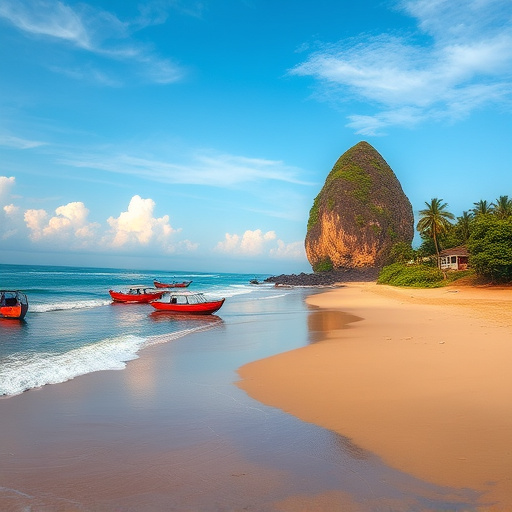Sri Lanka's monsoon seasons (Nov-Mar & May-Sep) define its climate and attractions. The Northeast Monsoon revives northwest coast for beach lovers and whale watching (Dec-Apr), while the Southwest Monsoon transforms southeast into lush landscapes. Visiting June-September offers cooler temps, vibrant landscapes, lower rates, but consider transportation disruptions and safety risks like flash floods. December-April is ideal for exploring diverse landscapes, immersing in culture, and enjoying outdoor activities with pleasant temperatures and reduced mosquitoes. Plan accordingly, respect local customs, and embrace sustainable tourism for a memorable Srilanka trip.
Discovering Sri Lanka during its monsoons can be a unique and captivating experience. This island nation experiences two distinct monsoon seasons, offering a contrast of vibrant landscapes and cultural festivals. While heavy rainfall may alter some plans, it also brings lush greenery and fewer tourists.
This article explores the pros and cons of visiting Sri Lanka during these seasons, providing insights on optimal travel times and essential preparation tips for an unforgettable journey through this beautiful island, known as Srilanka.
- Understanding Sri Lanka's Monsoon Seasons
- Pros and Cons of Visiting During Monsoons
- Best Times to Explore Sri Lanka's Beauty
- Preparing for Your Journey: Tips & Tricks
Understanding Sri Lanka's Monsoon Seasons
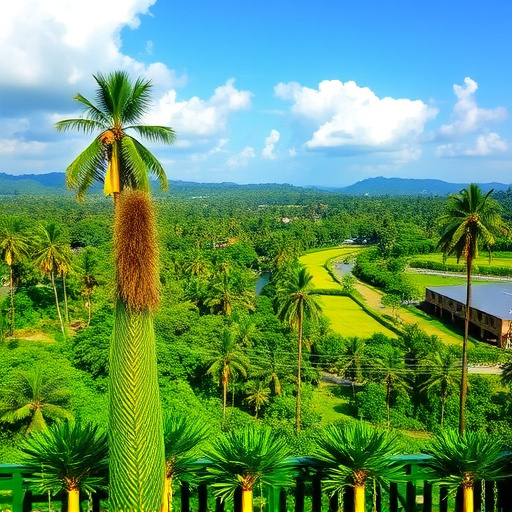
Sri Lanka’s monsoon seasons are a fascinating natural phenomenon that significantly influences the island’s climate and activities. The country experiences two monsoons: the North-East Monsoon (November to March) and the South-West Monsoon (May to September). During these periods, heavy rainfall can be expected across various regions, with coastal areas receiving the brunt of it. However, this doesn’t mean Sri Lanka becomes inaccessible; on the contrary, many travelers find visiting during the monsoons offers a unique experience.
Understanding when and where the rain falls is key to planning your Sri Lanka vacation. The North-East Monsoon brings life-giving rains to the northwest coast, making it ideal for beach lovers and those interested in marine activities like whale watching—best timed between December and April. Conversely, the South-West Monsoon soaks the southeast regions, including cities like Colombo, but also offers breathtaking lush landscapes and fewer tourists. When planning your trip, consider what to pack for Sri Lanka’s diverse climate, keep an eye on local weather updates, and remember that despite the rain, there’s always something magical to discover, even at the best time to visit Sri Lanka weather-wise.
Pros and Cons of Visiting During Monsoons
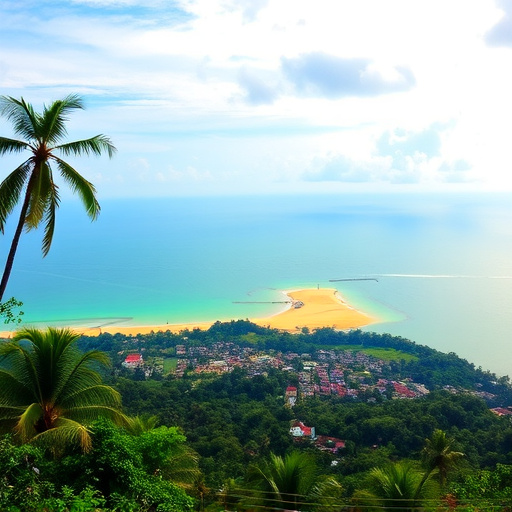
Visiting Sri Lanka during the monsoons (June to September) offers both unique advantages and considerations for travelers. On the pros side, the cooler temperatures and lush greenery make it ideal for outdoor activities like hiking and wildlife spotting. The west and south coasts transform into vibrant landscapes, perfect for exploring coastal towns and enjoying water sports. Moreover, off-season rates are generally lower, making travel more affordable. Accommodations often have better availability as well.
However, there are also drawbacks to consider. Heavy rainfall can disrupt transportation options in Sri Lanka, including flights, trains, and road journeys, leading to cancelled plans or delays. Certain attractions may be inaccessible during intense monsoons, impacting your ability to visit iconic sites. Safety concerns arise too; flash floods and loose debris on roads pose risks, especially for those venturing off the beaten path. Despite these challenges, Sri Lanka remains a welcoming destination for tourists, with various transportation options like tuk-tuks, buses, and rental cars readily available. For an unforgettable experience, give us a call at best beaches in sri lanka for surfing; the waves during this time can be particularly thrilling.
Best Times to Explore Sri Lanka's Beauty
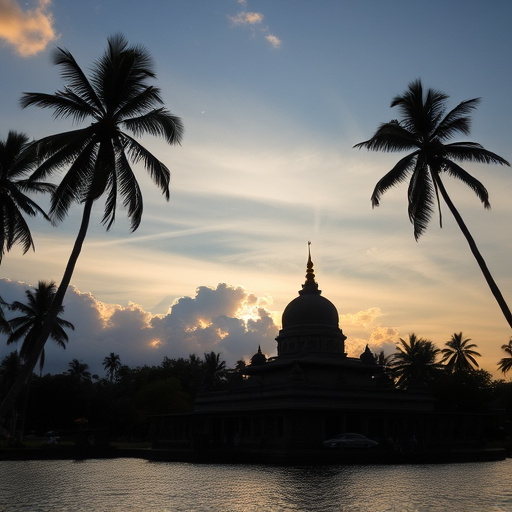
The best times to explore Sri Lanka’s breathtaking landscapes and vibrant culture are during the cooler months, typically from December to April. This period offers pleasant weather, with temperatures ranging between 25°C and 30°C, making it ideal for outdoor activities such as hiking, surfing, and exploring ancient ruins without the scorching heat. The dry season during these months also means fewer mosquitoes, ensuring a more comfortable experience when visiting national parks or participating in adventure sports.
Moreover, understanding local customs in Sri Lanka is essential when planning your visit. The country boasts a rich cultural heritage, evident in its art and craft markets, where you can find traditional handicrafts and textiles. Sustainable tourism practices are also gaining traction, with many tourists now opting for eco-friendly accommodations and responsible travel experiences. If you’re fortunate enough to time your trip during a local festival or event, such as a sri lanka marriage ceremony, it adds a unique cultural dimension to your journey, allowing for deeper immersion in the country’s spirit. Remember that by visiting at the best time to visit Sri Lanka weather-wise and considering local customs in Sri Lanka, you can fully appreciate the nation’s natural beauty and cultural richness.
Preparing for Your Journey: Tips & Tricks
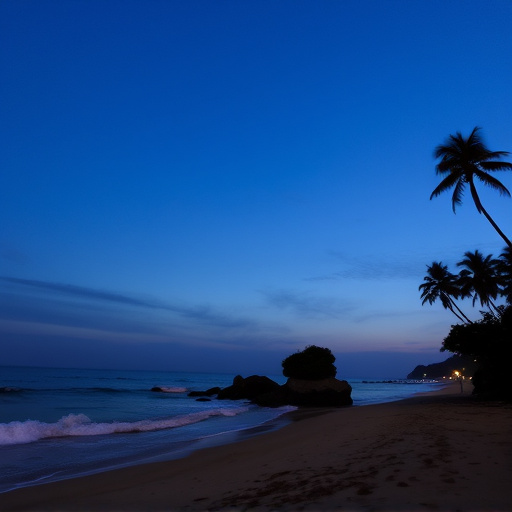
Planning a trip to Sri Lanka during the monsoons? It’s definitely possible, and with the right preparation, it can be an unforgettable experience. First, understand that Sri Lanka experiences two distinct monsoon seasons: the Northeast Monsoon (December to March) and the Southwest Monsoon (May to September). The Northeast Monsoon brings heavier rains, especially in the northern and eastern regions, while the Southwest Monsoon is more prevalent along the southern coast.
When preparing for your journey, consider booking accommodations that offer good drainage systems and are elevated to minimize water logging. Research locations known for their vibrant art and craft markets, as well as sustainable travel initiatives, which can provide a unique cultural experience. Pack lightweight, quick-drying clothing and sturdy footwear suitable for wet weather. Don’t forget to include a waterproof jacket or poncho. Lastly, remember that while monsoons may bring occasional rain showers, they also create lush landscapes, so embrace the beauty of Sri Lanka’s verdant scenery throughout your visit. Visit us at Budget Travel Tips Sri Lanka anytime for more insights and guidance on making the most of your trip.
While Sri Lanka’s monsoons may present challenges, they also offer a unique opportunity to experience the island’s natural beauty in a different light. With careful planning and preparation, travelers can still enjoy many of the country’s attractions during these periods. By understanding the best times to visit specific regions and following practical tips for exploring during monsoon seasons, you can embark on a memorable journey through Sri Lanka’s diverse landscapes.
